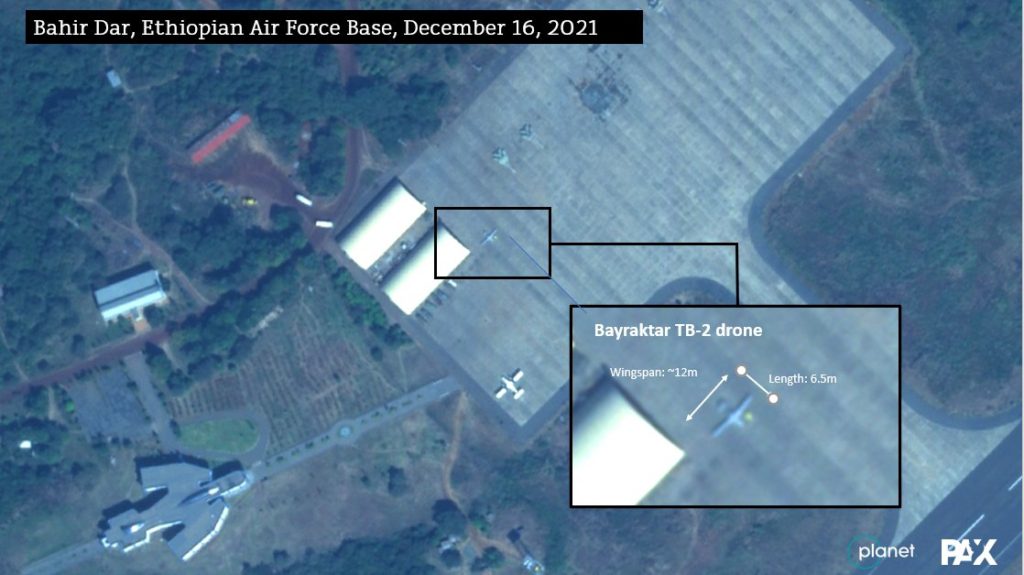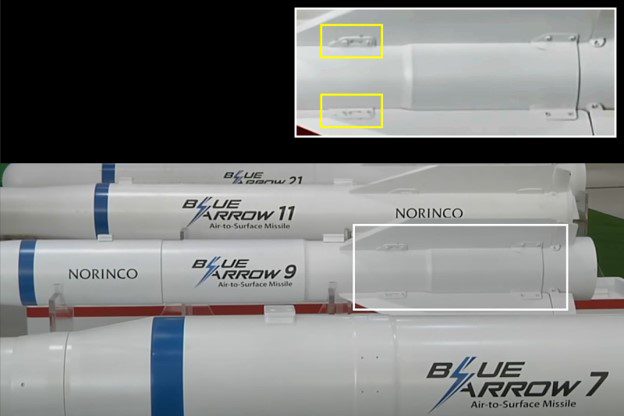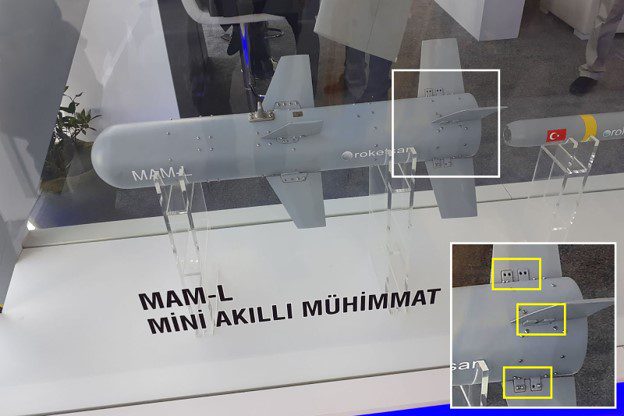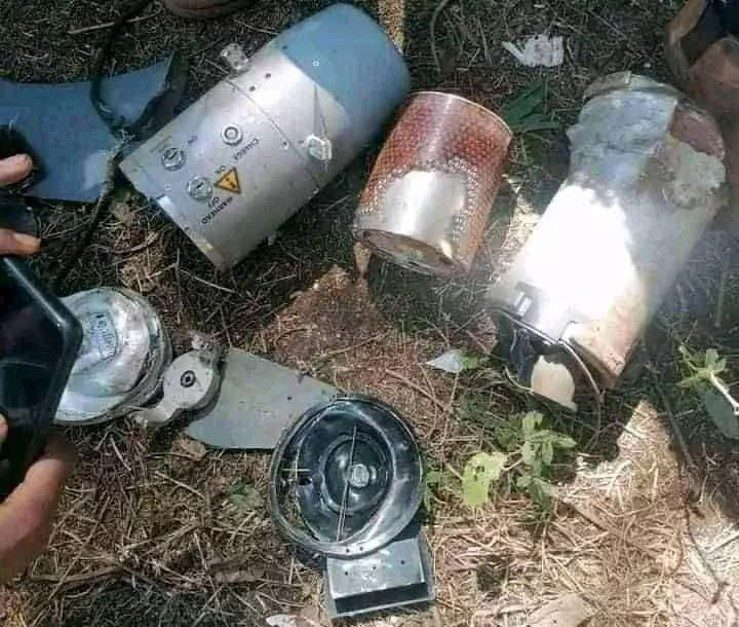In a very short period of time, since armed conflict broke out in the country’s northern Tigray region in November 2020, the Ethiopian Air Force has become a major operator of the world’s second-tier armed drone platforms. Produced by Turkey, China, and Iran, these aircraft are affordable, effective, and (most importantly) available for purchase with seemingly few export or proliferation controls. And the Ethiopian Air Force clearly has no reluctance to use them. As drone strikes continue to ramp up, and civilian casualties mount (at least 300 dead over the last six months), there is an increased need to accurately identify the weapons used in the attacks so that investigators can properly attribute responsibility for civilian casualties and violations of international humanitarian law (IHL).

Currently, the Ethiopian Air Force operates three main armed drones: the Turkish TB2, the Iranian Mohajer-6, and the Chinese Wing Loong. The Wing Loongs have most likely been supplied by the United Arab Emirates, which have provided the same aircraft in other conflicts, such as to support the LNA in Libya.



At the moment, these three drones only launch proprietary munitions linked to that specific aircraft. Until manufacturers provide cross-platform capability, we can be confident that TB2s launch Turkish munitions, Mohajer-6s launch Iranian munitions, and Wing Loongs launch Chinese munitions. In Ethiopia, based on the evidence we have seen so far, each airframe is currently paired with a single weapon: the MAM-L, the Qaem-5, and the Blue Arrow-7, respectively.
[Note that the best work on the technical aspects of these drone strikes is currently being done by Oryx and Wim Zwijnenburg, and you should read their work here, here, here, and here, for example.]
When identifying any weapon, I always try to match key ID features – namely, those design or manufacturing features on a piece of ordnance that are unique to that munition. Ideally, those features would tend to survive detonation, so scrap and fragments can be positively identified as well. As we have seen at Citizen Evidence Lab in previous situations–such as in Yemen, Serbia, Guinea, and others–key ID features are the best way to have confidence that we know which weapons are used in which specific cases.
For modern drone-launched weapons, I have found that the best key ID features involve the brackets used to attach the wings and fins to the main body or fuselage of the weapon. The types of brackets, and the screw patterns, are unique for each munition used in Ethiopia.
The Chinese Wing Loongs fire Blue Arrow-7s, which have two long pointed brackets on each rear fin.

I have found those brackets tend to remain identifiable after the strike. For example, here is one such bracket from Libya.

Turkish TB2 drones can carry a variety of munitions, but so far in Ethiopia we have only seen them loaded with MAM-L glide bombs.

The MAM-L uses a two bracket/two screw configuration on its rear fins.

Much to the frustration of weapons investigators like me, Iranian weapons frequently change design features and nomenclatures, and the specific details of ordnance provided to proxies, in particular, change often without notice. Fortunately for this investigation, though, the Qaem-5 (also sometimes called the Ghaem-5) has been standardized for export.

The rear section of the weapon has four adjustable fins that steer the munition. Those fins are attached to the body with a square four-screw pattern on each actuator.

In other conflicts–where we are either less sure of the provenance of the munitions, or there are a wider variety of weapon options (including legacy systems)–we’d have less confidence in identifications based upon smaller design details. But, for the time being, identifying the drone-dropped ordnance used by the Ethiopian Air Force is fairly straightforward if the right scraps or fragments are found.


